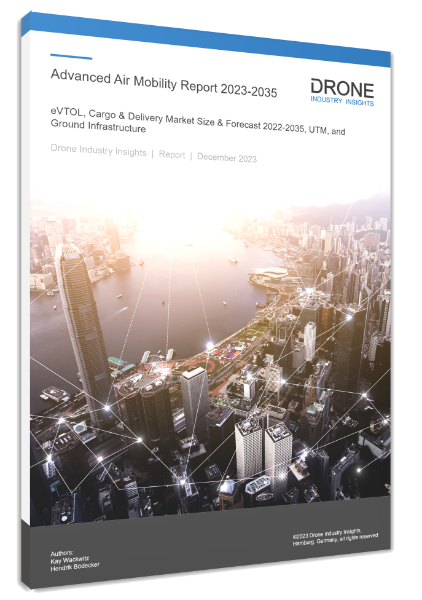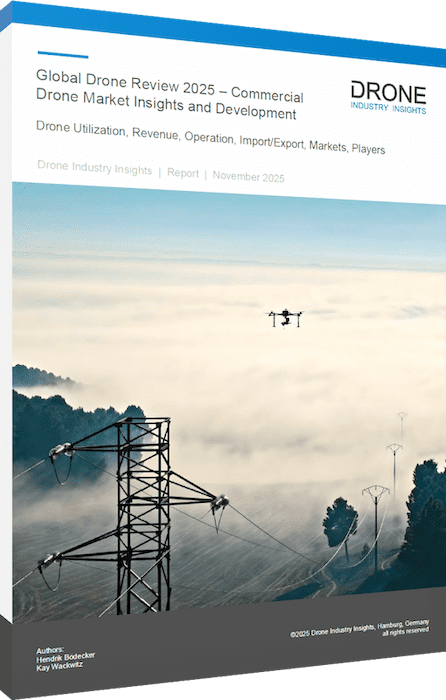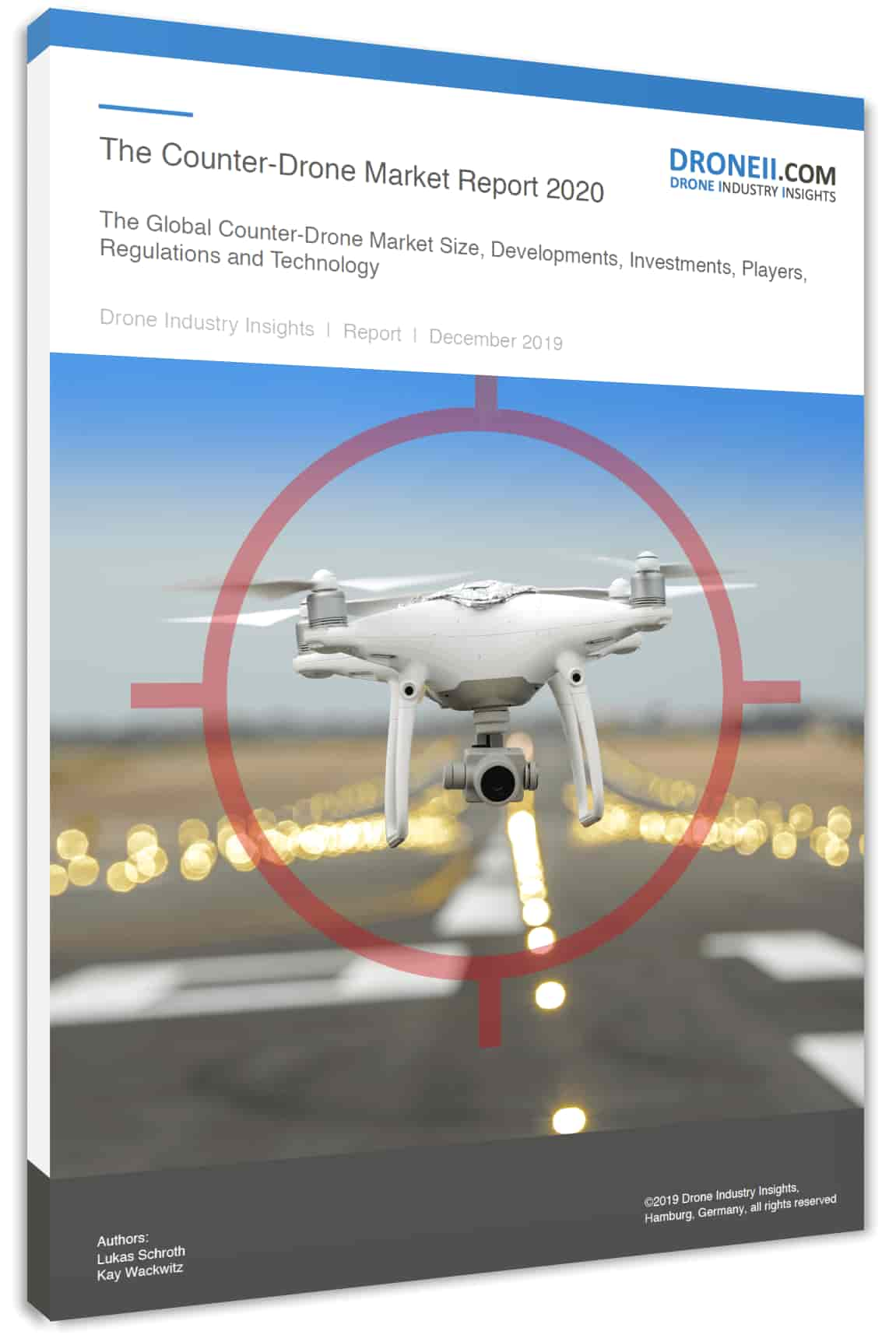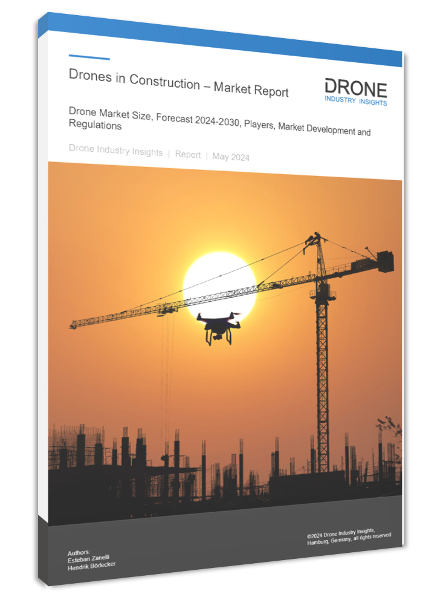ADVANCED AIR MOBILITY REPORT
EXECUTIVE SUMMARY
1 SCOPE AND METHODOLOGY
1.1 Research Methodology
1.2 Scope Definition & Research Design
1.3 Data Collection
1.4 Data Analysis
1.5 Market Model
1.6 Data Validation
1.7 Report Creation
2 AAM IN GENERAL
2.1 Advanced Air Mobility – Overview
2.2 Advanced Air Mobility – The Value of AAM
2.3 The AAM Ecosystem
2.4 The AAM Ecosystem – Players & Roles
2.5 The AAM Ecosystem – Similarities & Differences
3 eVTOLs / PASSENGER PLATFORMS
3.1 Introduction
3.1.1 Passenger Drones, eVTOL, Air Taxis – An Overview
3.1.2 eVTOL Terminology
3.1.3 The Value of eVTOLs
3.1.4 Revenue Streams in the eVTOL Ecosystem
3.1.5 Costs Savings
3.1.6 Key Challenges and Risks
3.2 eVTOL Operation and Leading Applications
3.3 eVTOL Technology
3.3.1 eVTOL Propulsion System Mass Comparison
3.3.3 eVTOL Battery Capacity, Weight, and Projected Flight Time
3.3.4 eVTOL Battery Handling & Charging
3.3.5 eVTOL Battery Requirements and Costs
3.3.6 Upcoming Technical Improvements
3.4 eVTOL Regulation
3.4.1 AAM Operating Rules and Certification of eVTOL Aircraft
3.4.2 Certification By Type of Organization and Configuration
3.4.3 Certification Classes Used by Leading eVTOL Manufacturers
3.5 eVTOL Funding
3.5.1 eVTOL Funding – Pre-Orders
3.5.2 eVTOL Funding – VC/PE Funding, SPAC Mergers, and IPOs
3.5.3 eVTOL Funding – M&As and Leading Countries
3.6 eVTOL Market Size and Forecast
3.6.1 eVTOL Total Market Size 2023-2035
3.6.2 eVTOL Market Size 2023-2035 by Segment
3.6.3 eVTOL Market Size 2023-2035 by Region
3.6.4 eVTOL Market Size 2023-2035 by Country
3.7 eVTOL Development and Players
3.7.1 Certification Stage of eVTOL Platforms
3.7.2 eVTOL Development Progress
3.7.3 eVTOL Development Timeline and Major Milestones
3.7.4 eVTOL Specifications of Leading Manufacturers
3.9 Social Acceptance Studies
4 DELIVERY & CARGO PLATFORMS
4.1 The Disruptive Potential of Cargo & Delivery Drones
4.2 Cargo & Delivery Market Sectors
4.3 Use-Case Scenarios
4.3.1 Direct Delivery
4.3.2 First & Last Mile Delivery
4.3.3 Mid-mile/Feeder Delivery
4.3.4 Hub Forwarding
4.4 Cargo & Delivery Development Progress
4.5 Cargo & Delivery Funding
4.5.1 Cargo & Delivery Funding – VC/PE Funding And Leading Countries
4.5.2 Cargo & Delivery Funding – Pre-Orders
4.6 Cargo & Delivery Market Size
4.6.1 Cargo & Delivery Market Size 2023-2035 By Category
4.6.2 Cargo Market Size 2023-2035 By Segment
4.6.3 Cargo Market Size 2023-2035 By Region
4.6.4 Cargo Market Size 2023-2035 By Country
4.6.5 Drone Delivery Market Size 2023-2035 By Segment
4.6.6 Drone Delivery Market Size 2023-2035 By Region
4.6.7 Drone Delivery Market Size 2023-2035 By Country
4.7 Cargo & Delivery – Players & Markets
4.8 Business Models
4.9 Cargo & Delivery Services – Financials And Partners
4.10 Cargo & Delivery Technology
4.10.1 Configurations of Cargo & Delivery Platforms
4.10.2 Performance of Cargo & Delivery Platforms
4.10.3 Technical Specifications of Cargo & Delivery Platforms
4.11 Future Development of Cargo & Delivery Drones
4.12 Cargo & Delivery Drone Regulation
4.12.1 Operating Rules and Certification of Cargo & Delivery Drones
4.12.2 Regulation For Cargo and Delivery Drones
4.12.3 Certification of Cargo & Delivery by Organization Type and Configuration
4.12.4 Certification Classes used by Leading Cargo & Delivery Drone Manufacturers
5 GROUND INFRASTRUCTURE
5.1 Vertiport Introduction
5.1.1 Vertiport Types
5.1.2 Vertiport Design Standard and NAA Guidelines
5.2 Top Applications and Locations
5.2.1 Top Applications and Vertiport Locations
5.2.2 Top Applications and Delivery Stations
5.3 Ground Handling
5.3.1 Ground Handling – Overview and Role Definition
5.3.2 Ground Handling – Sequence, Roles, and Description
5.3.3 Ground Handling – Example Scenarios
5.4 Drone Dock Manufacturers for Delivery Drones
5.5 Global Vertiport Designer/Manufacturer
5.6 Global Vertiport Projects
6 UNMANNED TRAFFIC MANAGEMENT (UTM)
6.1 The Goals Of UTM
6.2 Drone Market Segmentation
6.3 UTM System Architecture
6.4 Status Of UTM Implementation
6.5 UTM Regulation Timeline
6.6 International UTM Framework Comparison
6.7 UTM Standards
6.8 Governmental Trial Programs
6.9 Market Players
6.10 Next Steps And Challenges
ANNEX
Glossary
















